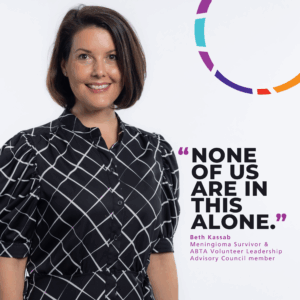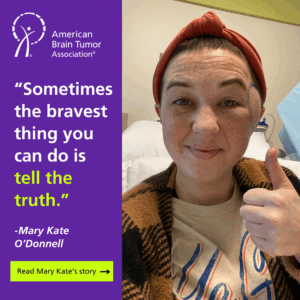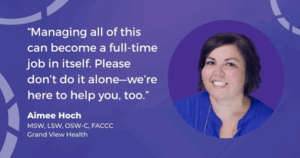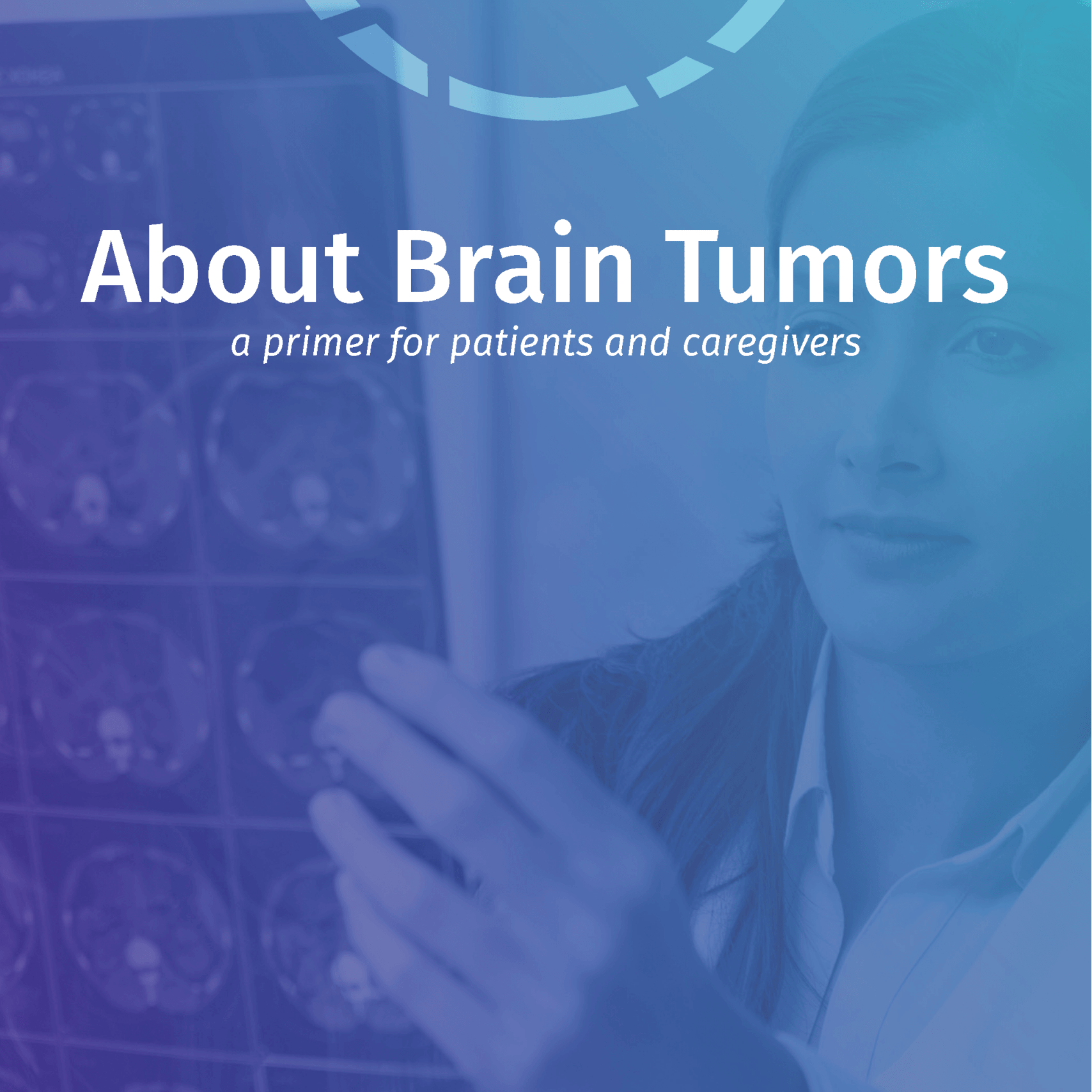by Katie Kaiser Smith
In 2012, I was a mom to a one-year-old baby girl and a six-year-old son. Life was busy and beautiful, full of the little joys and chaos that come with raising young kids.
Early that year, I noticed a strange tingling in the fingertips of my left hand. My arm felt heavy and tired—especially when I was doing something simple like blow-drying my hair. At first, I brushed it off. But then, my fingers started to move slower than usual. I didn’t have any of the classic symptoms of a brain tumor, so my mind jumped to something even scarier: ALS. I was terrified.
An MRI soon revealed a 4-centimeter mass in my brain.
I started meeting with neurosurgeons, and in my first craniotomy, they tried to remove the tumor. It didn’t work. We were told the tumor was inoperable. The word shattered us. Still, they were able to get a biopsy—and the results confirmed it was cancer.
I immediately began six weeks of chemotherapy with Temodar and daily radiation. But after just four weeks, I developed an allergic reaction to the Temodar and had to stop. The radiation caused intense swelling in my brain. I began having seizures. I lost the use of my left hand and had trouble walking.
To reduce the swelling, my doctor started me on Avastin, and we tried a new chemo called CCNU. I managed to complete two rounds, but my blood counts dropped too low to continue. My neuro-oncologist feared I might not survive without further intervention. He suggested I seek a second opinion at UCLA.
That’s where I met Dr. Linda Liau.
After reviewing my scans, she felt confident she could perform a full resection of the tumor. It was the first real glimmer of hope I’d felt in months. In August 2013, I underwent my second brain surgery. This time, it was successful. The tumor was fully removed.
Pathology confirmed what we feared most: glioblastoma multiforme, grade 4.
I woke up from surgery unable to walk, speak clearly, swallow, or use my arm. I went straight into inpatient rehab for a week, then began outpatient rehab. Slowly, I made progress. I learned to walk again—though my left leg still drags and I fall more than I’d like. My left hand is still weak, and I have slight facial palsy. I developed epilepsy from the radiation and scar tissue, but medication keeps it controlled.
Now, I go in for an MRI every nine months. So far, there’s been no recurrence.
But my life is forever changed. I’ll never feel carefree again. Glioblastoma is considered terminal, and I live with the knowledge that it could come back at any time. Still, I’m here. I’m living. I’m parenting. And I’m holding on to the hope that research, resilience, and love will continue to carry me forward.










